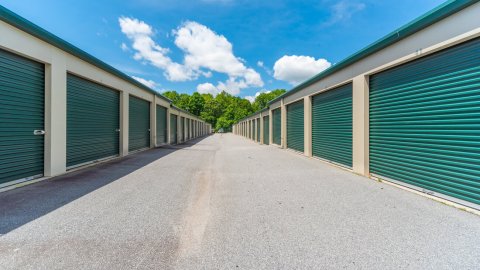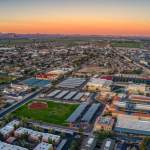Flex Office Space Carving Larger Role in Future of Work
The most recent monthly office report published by CommercialEdge looked beyond November data to the larger picture of transformations within the work environment throughout the last two years. To that end, it appears that fluidity will characterize workforce strategies for at least a while longer as the world navigates productivity with enhanced regard for safeguarding public health.
While working remotely whenever possible remains a strong recommendation, physical space may still be required for training and direct collaboration projects. As a result, companies are increasingly rethinking their permanent office footprints and turning to flexible office space as the solution — so much so that a CBRE survey of more than 70 global companies conducted earlier this year found that 86% plan to include flex space in their real estate strategy going forward.
At the same time, CommercialEdge research found that less than 6% of office properties currently incorporated flex space — and most of these properties were clustered in a few of the largest markets. Specifically, coworking and shared space in Los Angeles; Manhattan; Washington, D.C.; Dallas; and Boston accounted for more than 30% of such properties. Consequently, as more companies leverage remote work to tap into talent located outside of their traditional office locations, there will likely be a significant drive to build new or convert existing, underused real estate to meet this demand throughout the country. Accordingly, coworking and shared space real estate seem to have secured a vital role in the long-term future of work.
The CommercialEdge report also notes that we’ll most likely see an evolution of revenue models for non-traditional office solutions. This will come as flex space operators and institutional investors begin to explore franchising and management agreements that reduce some of the risks of leasing to a single tenant, as well as align incentives with operators, landlords and clients.
Meanwhile, full-service equivalent listing rates for office space across the top U.S. markets rested at $38.62 per square foot in November, marking a 1.2% increase year-over-year. Notably, rents for office space for lease in Los Angeles averaged $41.62 per square foot, following an increase of 8.1% compared to November 2020 — the largest year-over-year increase recorded among the individual markets surveyed for the report. Conversely, asking rents for Atlanta office space followed a more stable trajectory: In November, rates here were up a modest .8% year-over-year, resting at $27.64 per square foot.
Likewise, office vacancy has held relatively stable throughout the year, averaging 15.2% across top markets last month. And, although this marked an increase of 140 basis points (bps) from the previous year, it’s important to note that this was more a function of significant portions of stock coming online as new office developments fulfilled their delivery schedules. In fact, one of the fastest-growing U.S. cities is an excellent example of a pipeline-driven vacancy increase — 7.7% of office space in Austin has been delivered since the start of last year, and a further 11% of stock is currently under construction. Here, the average vacancy rate was 17.3% last month, which is 600 bps higher compared to November last year.
Visit the CommercialEdge blog for the full December 2021 national office report, including end-of-year insights on the industry and economic recovery fundamentals.










